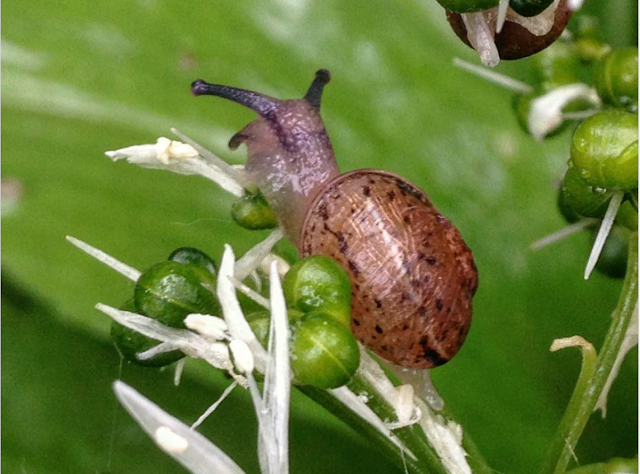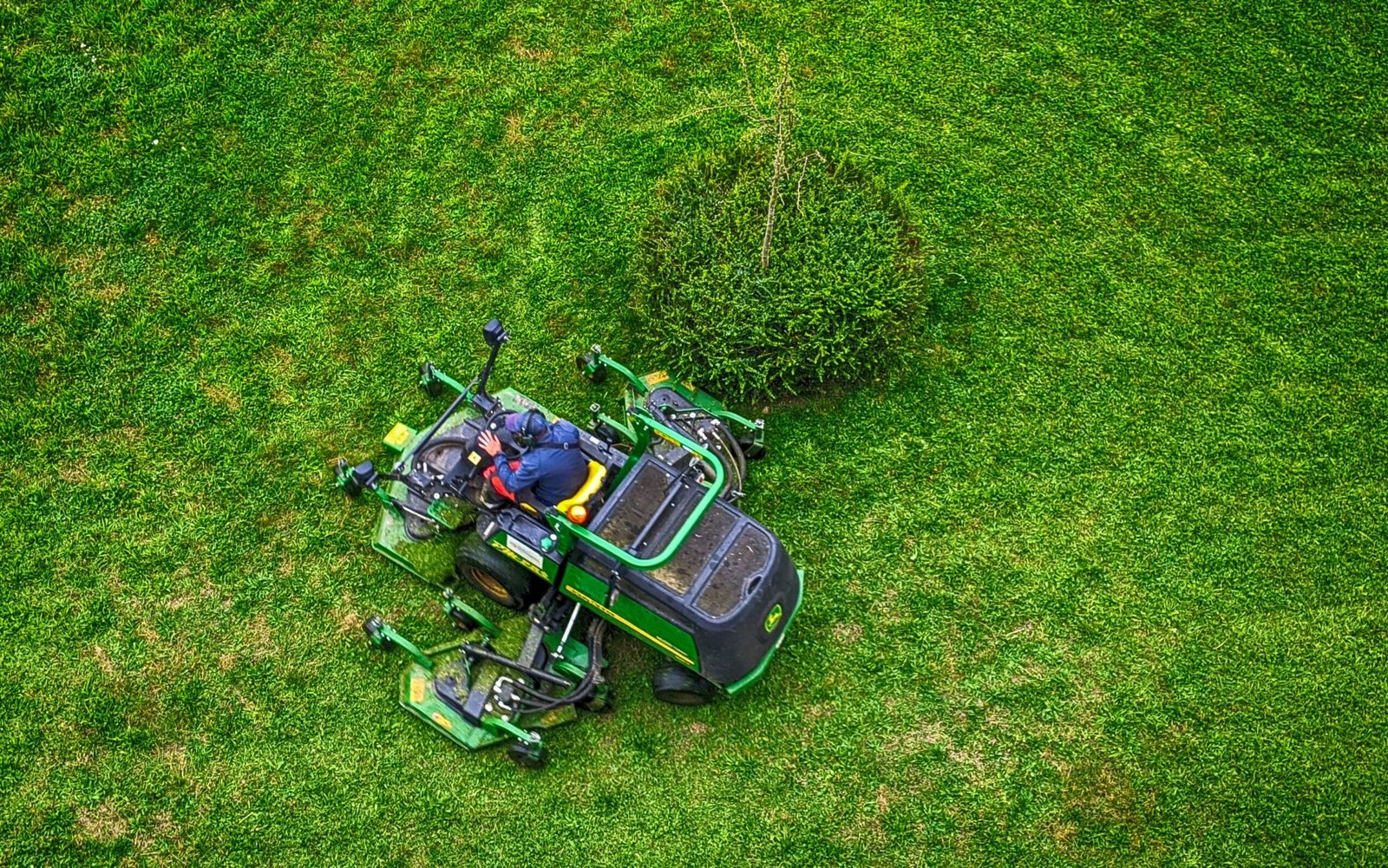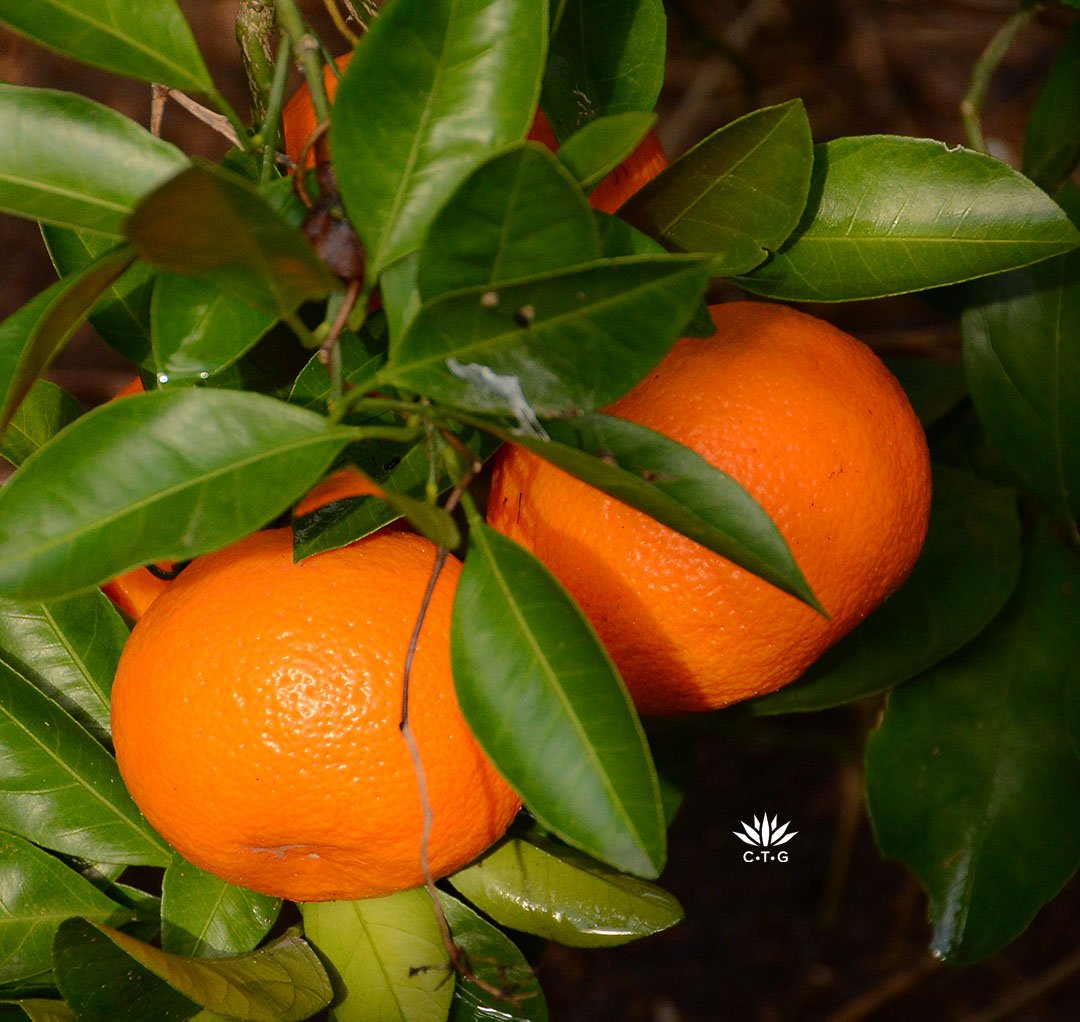 |
| A baby snail exploring the flower stalks of my Wild Garlic plants. |
If you’ve got a garden, you’ve got slugs and snails. Fact. The little blighters lurk everywhere – behind walls, around pots and under planks of wood. I’ve even found one behind a pot on a top floor balcony! But they’re also an essential part of the eco-system that our gardens need to succeed … but possibly not in such large numbers.
Slugs come in all shapes and sizes … and names. A quick google search gives me banana slugs, ghost slugs, leopard slugs, pancake slugs, Spanish slugs, brown field slugs and a rainbow of slug colours – black, yellow, red, ash-grey and pink. And there’s also a range of rather cute sea slugs.
They’re hermaphrodes so both sexes can lay hundreds of eggs several times a year after mating. Once hatched, tiny slugs become adults within a year and then start the cycle again.
They’ll munch on dead leaves, sick plants and, in the case of leopard slugs, they’ll also eat each other. And when that food source runs out, they’ll head straight for your newly planted lettuces and legumes. Pity the poor gardener who persists in trying to grow hostas, lupins and delphiniums! (There is a way round that.)
Putting aside their natural aptitude for destruction, slugs are also an important part of the garden eco-system, providing a food source for birds, foxes, beetles – and, if you’re lucky, hedgehogs, frogs and ducks. So the methods I’ve tried and tested in my veg patch and other gardens are more about control than total annihilation.
When I wrote about natural slug deterrents in 2014, I hadn’t yet tried wool pellets or Strulch. But both worked for me in subsequent years keeping slugs and snails away from beans and strawberries.
This year I’m going to try Grazers, a natural spray recommended by garden designer Jo Thompson. I can’t report on its effectiveness yet as we haven’t had much wet weather so far. (Ha! I wrote that yesterday, today it’s raining.)
And I’ve not tried drowning slugs in pots of beer (I prefer to drink it myself) but heard from a neighbour that he’d had some success with a yeast based concoction but was unable to provide me with a recipe. It seems that it’s the yeast that gets the slugs attention.
But, happy days, I’ve since found the magic potion online and have stored up the recipe for the next bout of expected precipitation. (Recipe at bottom of this post or watch here.)
Two more ways of protecting your veg plants; try surrounding them with plants that slugs dislike. Or, secondly, plant into pots and smear a good slick of grease such as a Vaseline around the rim – slugs will arch over copper tape but sticky grease deters them. It certainly worked with a client’s delphiniums last year!
A few plants that slugs don’t like are strong smelling plants like nepeta, sage, thyme, lavender and the hairier plants like borage, foxgloves, salvia, astrantia. I’ve noticed they also leave calendula alone. All of these are also good for attracting pollinators.
But, of course, the best deterrent is to go out during the evening with a torch and bucket of warm salty water; you’ll find many molluscs feasting on your plants. Pick them off, drop them into the bucket; the salty water will kill them. Cruel but effective. But put the bodies into the compost, I’m not sure that birds would benefit from eating salty snacks.
————–
A recipe to capture slugs
- Approximately one cup of lukewarm water (not hot)
- 2 Tablespoons of plain flour
- 1 Tablespoon of sugar (fine sugar like caster sugar will dissolve faster)
- 1 teaspoon of dried yeast
- A jar to mix it all in.
Add all the dry ingredients in the jar, add the warm water bit by bit stirring as you go to avoid clumps.
Make this mixture an hour before using. The mix will be active when you see foam on the top.
Pour into tubs or containers sunk partly into the soil, away from your precious plants. Check on the tubs in the morning and expect to find several slugs have found their way there.
Worth a try, eh?















Leave a Reply